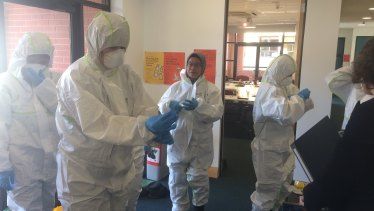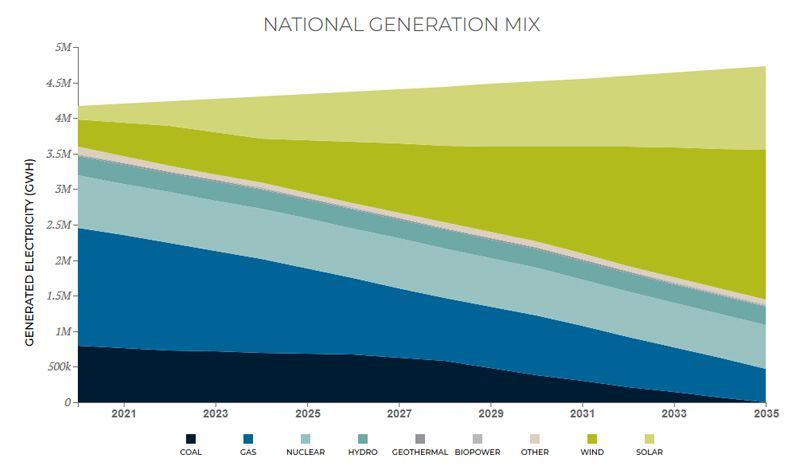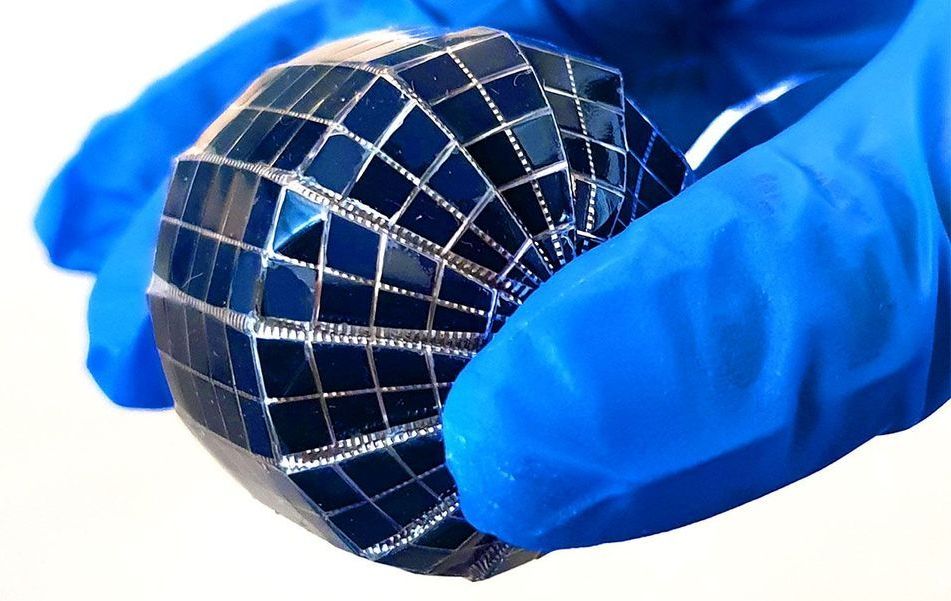Good idea. I wonder how much of his attention will shift from Mars to the Moon.
Elon has tweeted out that early Starships will stay on the moon as part of moon base alpha.
The SpaceX plan is what Nextbigfuture described in last months article “A Sky Full of Starships”.
The SpaceX Starship will have six Raptor engines but will still be larger and cheaper than the external fuel tanks of the Space Shuttle. Elon Musk has a goal of building Starships for $5 million.









